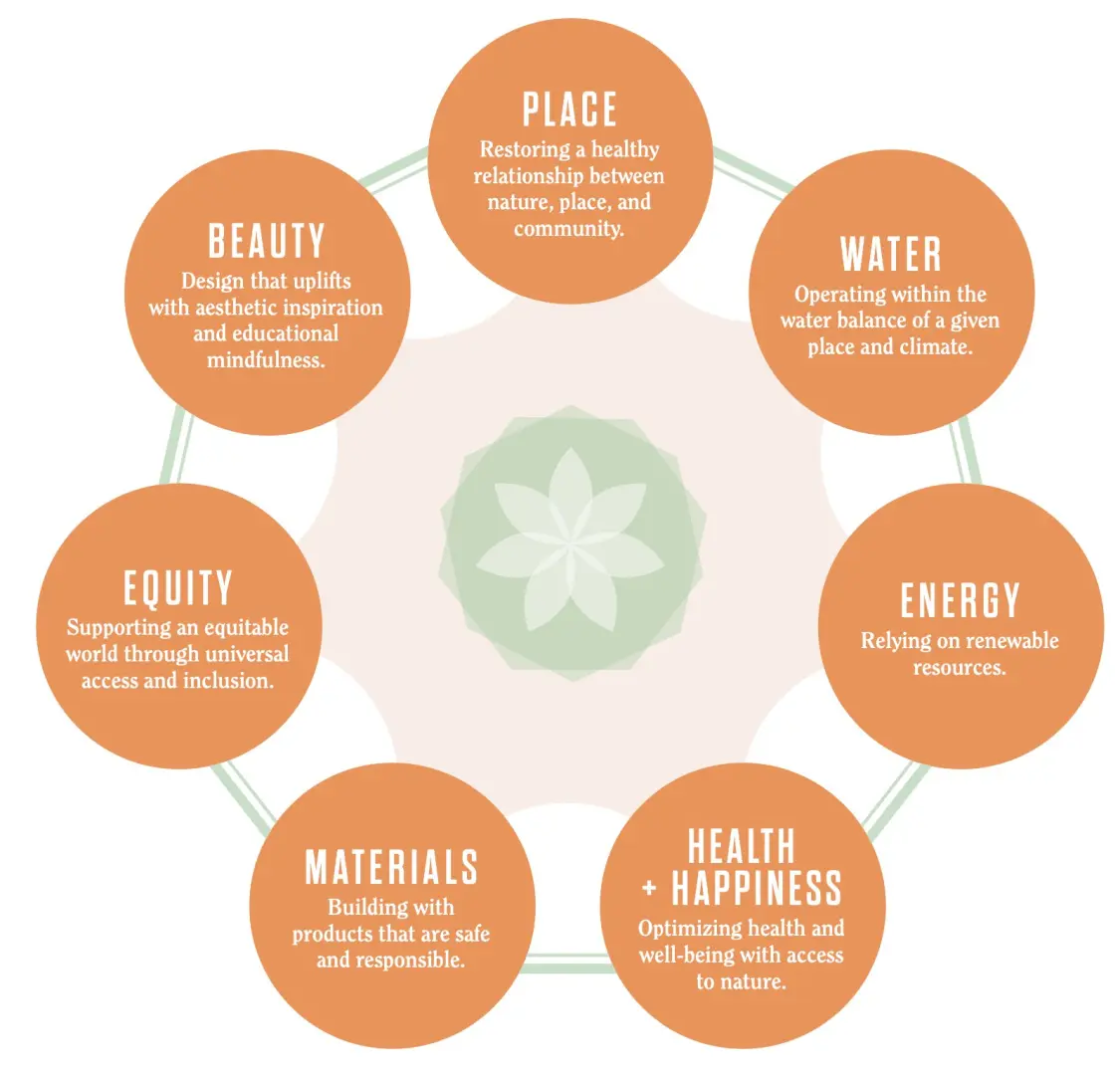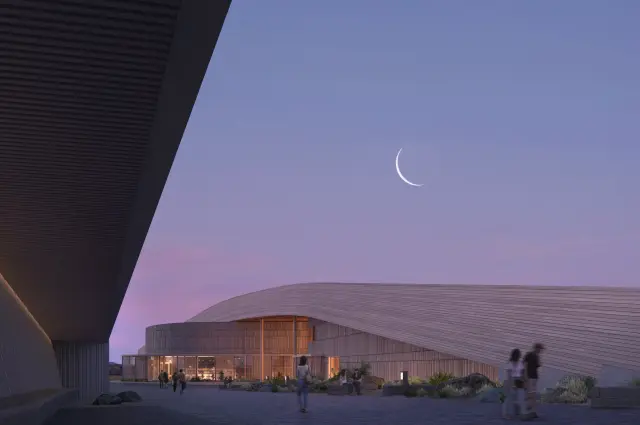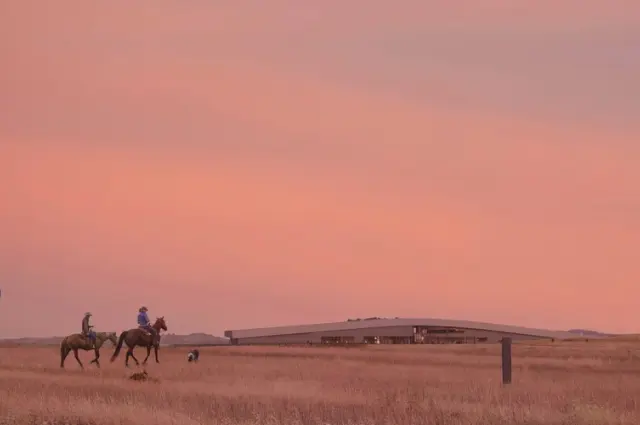Living Building Challenge
Every aspect of the TRPL project is rooted in its core values of citizenship, leadership, and conservation, including the planning, construction, and environmental legacy of the Library building itself. With guidance from environmental design consultants at Atelier Ten, the TRPL has chosen a building certification path that supports the project’s ambitious sustainability vision and will position the TRPL as a leader among its peer institutions—not only on the day it opens but 100 years into the future. This single certification reflects the TRPL’s desire to be an exemplar for environmental leadership, aligns with its holistic design approach, and evokes Roosevelt’s legacy as a leader, not a follower.
With these considerations, the TRPL has chosen to pursue full Living Building Challenge (LBC) certification. Currently, only 34 projects worldwide have achieved full LBC certification, with only one in the Upper Midwest region. This approach will serve to distinguish the TRPL from recent presidential library projects.
The LBC is a philosophy, certification, and advocacy tool for projects to move beyond standard sustainability parameters in order to become truly regenerative. The LBC was developed by the International Living Future Institute (ILFI) and is widely seen as a more ambitious and holistic approach than other certification paths. The path to LBC certification is guided by seven outstanding “Petals” that comprise a total of twenty simple and profound imperatives that must be met for any project, at any scale, in any location around the world. These Petals, graphically represented on the opposite page, epitomize the LBC as both a philosophy and a procedure toward a future of regenerative building.


The Design
The design process for the Theodore Roosevelt Presidential Library is informed by Roosevelt’s personal reflections on the landscape, his interest in environmental stewardship, and periods of quiet introspection and civic engagement in his life.

Sustainability
The Library’s design will reflect and expand upon those values, setting an ambitious new standard for environmental conservation and sustainability leadership.

Native Plant Project
TRPL is sponsoring a notable Native Plant Project in partnership with Resource Environmental Solutions (RES) and North Dakota State University (NDSU) to help restore indigenous plants to the Library’s extensive outdoor spaces.